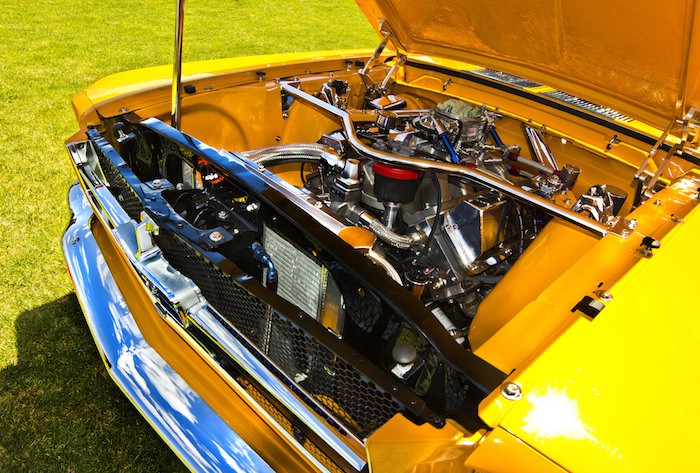
In 1998, WFMU, a New Jersey-based freeform public radio station, began developing its own content management system. Over the past 15 years, the station has continued working on the CMS, making it easier to fundraise through the site and growing a community of dedicated listeners. Today, about 70 percent of WFMU’s annual $2 million budget is raised through its website, which, to be honest, looks a little frozen in the last decade.
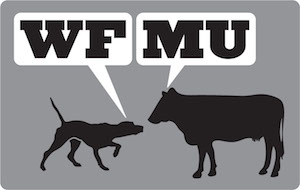 In keeping with the public media ethos, WFMU wanted other outlets to be able to use what it liked about its system, too. But the present WFMU CMS is proprietary, and the developer who works for the station doesn’t like other people to see the code, WFMU general manager Ken Freedman said, adding that in the current system it also takes too long to make changes or add new features since their developer also has other clients.
In keeping with the public media ethos, WFMU wanted other outlets to be able to use what it liked about its system, too. But the present WFMU CMS is proprietary, and the developer who works for the station doesn’t like other people to see the code, WFMU general manager Ken Freedman said, adding that in the current system it also takes too long to make changes or add new features since their developer also has other clients.
As a result, WFMU decided to create an open-source platform called Audience Engine that will allow stations to utilize aspects of the CMS to fit their own needs. The platform is being built in modular APIs that utilize Javascript and XML feeds, but there will also be modules that integrate into Drupal, since many small news orgs already already use it, Freedman said.
For WFMU, the debut of Audience Engine will also come with a visual refresh. Here’s its current site:
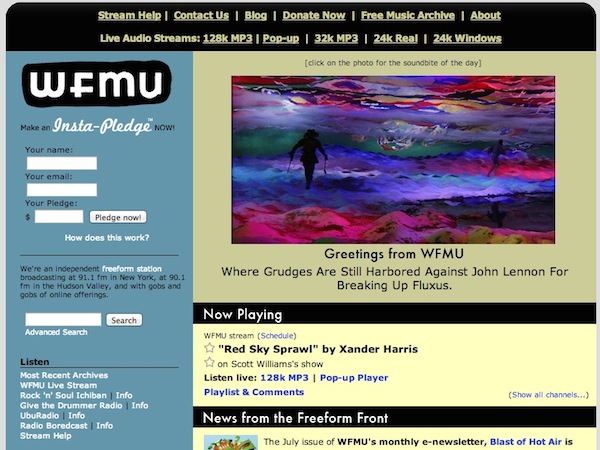
And here’s what it will look like once Audience Engine is launched:
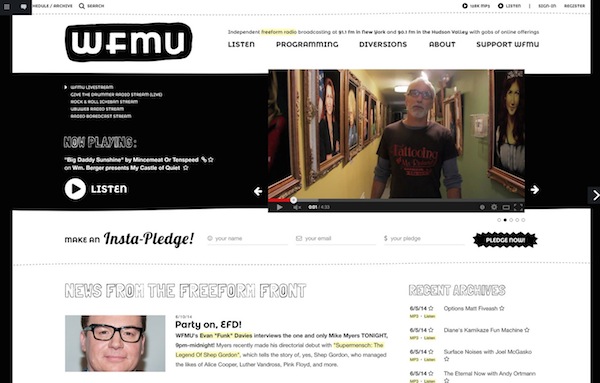
“The idea of making the Audience Engine platform super-modular with a state-of-the-art API is to make it easy to insert it, piece by piece, into a wide variety of platforms and devices, both now and into the future,” Freedman told me in an email.
WFMU received grants totaling $400,000 from the Geraldine R. Dodge Foundation to launch the product, the first of which was issued last July. A portion of the funds were used to bring on new developers to build the platform, and the station is scheduled to roll-out a prototype, which will be tested by WFMU and two other New Jersey radio stations, in the next month or two. It plans to continue to develop more features and add additional organizations through 2015, Freedman said.“We’re approaching this as an open-sourced project because so many media organizations grapple with the exact same problems, even in different media,” Freedman said in a telephone interview. “I’ve been struck with how digital journalists are facing a lot of the same issues as broadcasters.”
Indeed, Molly de Aguiar, director of media grants at Dodge, said the foundation agreed, and believes news organizations could benefit from Audience Engine, even though WFMU isn’t primarily news-focused. (They do offer some public affairs programming.)
“We are very energized by WFMU’s creativity and resourcefulness,” de Aguiar said. “There’s so much that they do with their own community of listeners that can be shared with news organizations in New Jersey.”
Throughout the development process, WFMU has received advice from Union Square Ventures, a venture capital firm that was an early investor in companies like Twitter and Tumblr, and the Open Source Initiative, a group committed to promoting open-source software. They also hired Open Tech Strategies, a consulting firm, to advise them at the start of the project.
One of WFMU’s top goals for Audience Engine is to make it self-sustaining. To that end, the station is creating a for-profit subsidiary to assist customers in getting on board, from customizing the platform to training their staff.
“We hope that we will be able to create a revenue flow that we will be able to keep developing it and keep the project up and running without constantly having to go back to foundations for money,” said Freedman.
Audience Engine will include the core functions of the WFMU system — fundraising and community engagement. For example, during WFMU pledge drives, fundraising widgets not only pop up on the website, but are also embeddable so staff members and listeners can encourage donations on WordPress, Blogger, Tumblr, and other websites. Users will also have the ability to easily post audio, video, and text.
Other top Audience Engine features include a comment system that Freedman says allows “audience members to communicate and chat with each other without the quality of that discussion going down into the pits of hell, like a YouTube comment thread.” He’s also excited about the platform’s annotation tool, which he hopes will add more permanence to user contributions.
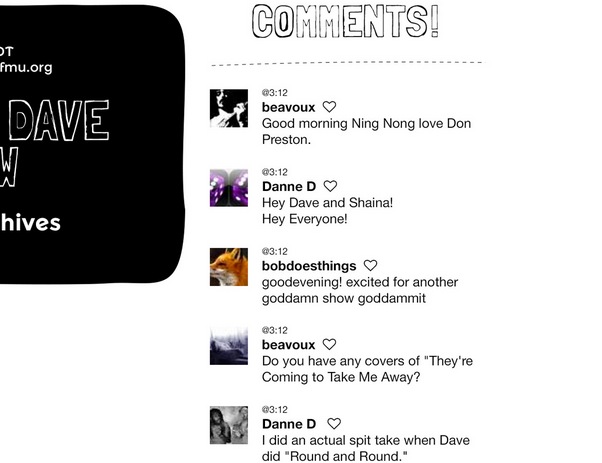
“There are great, substantial, creative contributions that people make related to the content that we, as a publisher, are putting out there,” Freedman said. “What we want to be able to do is to take those great contributions and annotate our content with them so that it’s not just a stray comment in the wind that, after the show, is lost forever. We want to be able to permanently attach it to the record of the content that we’re playing.”
Audience Engine is likely to be most appealing to small- and medium-sized organizations, but even so, Freedman recognizes that each newsroom might not need or want the entire suite of tools. “We’re trying to make it modular, so people can just pick and choose and use pieces of it until hopefully they’re comfortable with just using the entire thing,” he said.
Others, like Mark Maben, general manager of WSOU and one of the participants in the Audience Engine pilot, are drawn to Audience Engine because it combines so many functions — content creation, audience engagement, and fundraising — into one system.
“Any avenue that can be done to bring in donations to the station, that’s good for everybody,” he says. “There’s not a noncommercial station out there that’s going to say no to something like that.”